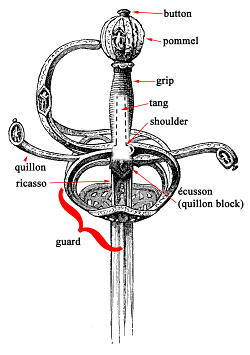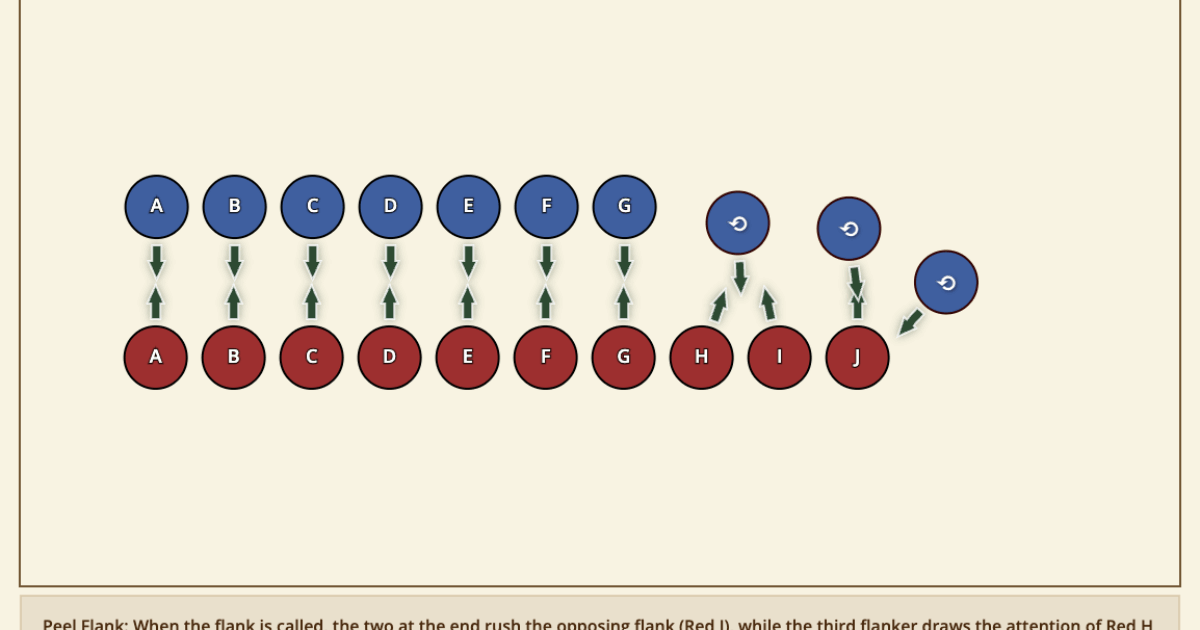To preface this: I cannot claim ownership over all of these tips as mine, but regardless I have picked up these tricks; I tend to forget where I get them from (though most of the things I have learned come from Damian and Kane).
I also ask for those reading to understand your body and its limitations FIRST. Please don’t hurt yourself, or others, when attempting any of these tips (especially those which are extraneous). As a personal example I had attempted to throw a shot about 5 yards (about 15 feet) away from my starting position. I was able to get the shot, but it threw off my balance and was definitely not a safe shot; I will never throw a shot like that again. Please take some time to understand your body, range, and breaking your shots before attempting any of these tricks! I suggest trying some of them slowly to understand how it feels with your body before you consider using it at full speed, let alone against an opponent.
There are multiple things you can do to get “that extra inch” in sword fighting. This article will go over the specifics on how to achieve gaining that extra inch and more. I am going to start with the feet, then move to the body, and then the hands, and arm placements; all of these things have effect on range. To make the explanations easier I am assuming you are fighting with a single sword. Keep in mind when learning these they all have their drawbacks, even though I won’t be stating them here, every modification has it’s strengths and weaknesses.
Feet and Placement: You have two stances to choose from: Refuse, and Basic stance. Being in the basic stance (same foot as your sword hand and it is in front) allows you to do normal lunges as well as gives you the range most people are used to. This also allows for a swoop step or step straight back into Refuse. For Refuse (opposite foot from the sword hand is forward) shortens your range which is good for someone who charges or likes to fight in close. Being in Refuse also allows for a swoop step attack. To explain what a “swoop step” is: You put your weight on whichever foot is in the direction you want to go, lift up your other foot and rotate your hips (I say punch your hips) so your feet will switch which one is front. The base range of a swoop step is about the same range as a lunge (when moving forward). With this you can extend the swooping leg out further or in closer depending on how much range you need; This depth change with extending the leg further out or closer in can also happen with a normal lunge. This deepening of the step allows for a range change between 0.5 – 2 lunges.
There is one other range change you can do while attacking with a lunge if it isn’t far enough. Instead of lunging too deep either with a normal lunge or a swoop step into a lunge, you can continue your body momentum forwards, and allow your front foot to pull your body forward while dragging or stepping your back foot forward up until it is right behind your front foot. By doing this you gain a couple of inches on your shot.
Body: Your hips and chest play a very important role for range. Most people choose to have a square stance with the chest; this means your hips and chest are facing the opponent square on. This specific stance is what I consider as “medium” range in comparison to the other stances I will mention. Medium range is where both your sword hand and your off hand are at the same range; neither are being added or taken away from to gain or lose some range. The next stance is a longer range which is to have your sword shoulder and side facing the opponent. This will give you a couple of extra inches in your shots. The last stance is the shortest range of the body placements; This is where you have your off-hand shoulder and side facing your opponent (mainly used in Refuse). By going into this shorter stance it puts your offhand into the fight more, and pulls your sword out, allowing for closer ranged combat.

Hand: Your hand can change your range as well, depending on how you are holding the handle/guard/pommel. For this I would consider the shortest range to be the grip we teach in the lessons; one finger around the quillion block. If you have your pointer finger directing up the blade, along the ricasso (on my sword, my finger pushes on my guard), this will give you a little bit of range. Also as you choke down the handle towards the pommel to give you more range, ending with a pommel grip.
Arm placement: Your arm placement will also give or take range. If you have seen Damian throw his sword out to his side you may have seen how his hinge shots can shoot very close to him. By throwing his arm out to the side and using his wrist to pull his tip on-line it shortens his range. As his arm moves closer to being on the line of the fight; this extends his range. These actions play with range tremendously. I won’t delve too deep into this since I am still working on my own hinge shots, and I don’t feel like I can explain it to the level it needs to be explained yet. But the basics of it is, that your arm is out and you use your wrist to hinge the sword tip around and into the line/opponent.
Combining: You can combine everything above to play with range. I usually fight in a square stance to keep my offhand in the fight, but when throwing a shot whether it be with a lunge or swoop step, I will twist my chest to gain range. Other times I will start throwing shorter and shorter shots purposefully to make my opponent feel comfortable before I add in some of these tips to get the kill in where they feel safe. Just keep in mind when combining these range tips, add them in one at a time and feel how your body reacts; where your balance is; and where your shots are going. If anything is out of tolerance, I suggest not using that combination until you can figure out how to make it work for you and your body.

